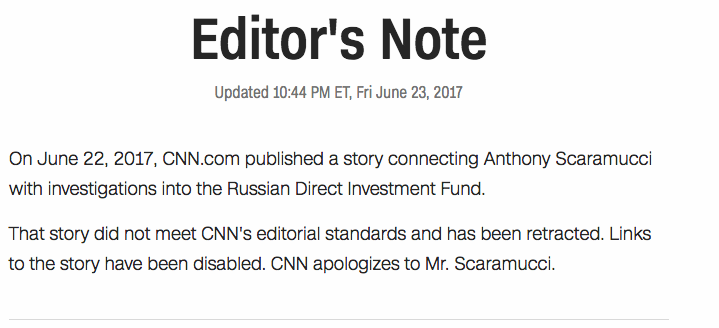Jack Knudson
jackknudson89@gmail.com
In some newsrooms, there exists a mounting pressure for journalists to publish stories that will increase viewership, and in turn, profits. This is nothing new. One of the most common interpretations of modern journalism is that newsrooms will utilize anything in their disposal to get a certain amount of clicks on their websites.
However, it is not always the case that journalists will sensationalize or falsify a story just to get these clicks. Instead, the plan to boost viewership can include publishing a larger quantity of stories. While the focus on getting several stories out in a short amount of time is not unethical by definition, it can lead into dangerous territories for journalists.
An article from Columbia Journalism Review reveals that there is a significant trend towards larger workloads and higher stress for journalists. The article features input from Associated Press reporter Martha Waggoner, who covered the trend of newsrooms that tracked reporters' page views as a part of their performance reviews. Waggoner spoke with many journalists who believed that goals were set too high and too many stories were required of them.
With journalists pressured to publish so many stories per week, some of the danger lies in possible mistakes as a result of rushed work.
 |
| Picture source: poynter.org |
However, even more dangerous is the purposeful twisting of truth that journalists might resort to if they want to easily meet the lofty requirements to keep their jobs.
As viewership is becoming necessary for the survival of newsrooms, it is crucial for journalists to not take any shortcuts that would curtail their personal ethical codes. All journalists should know that this profession, to create truthful and accurate reporting, is not meant to be an easy job without demand for careful reflection and deliberation.
Though the reporters who fail to uphold journalistic ethics should be held accountable, the upper authorities of newsrooms must also be questioned for the type of environment they create for their employees.
A 2014 article from The New York Times details how specific publications have attempted to reach new viewers by setting certain requirements for their reporters. The article describes how publications like TheStreet.com, The Daily Caller, and Gawker created incentives that would reward reporters based on the attention that their online stories received. In particular, Gawker created a program called "Recruits" in which new contributors interested in working for the publication would be given their own website to produce stories, and then they would either be removed or hired after 90 days based on the traffic performance of their stories.
Even before the digital age, journalism has always survived on audience participation, but the arrival and popularization of online stories has forced publications to think of new ways to adapt. One of these ways has been to cut the size of newsrooms, and yet, the production of news still moves at a rapid pace. It is no wonder that journalists can become increasingly stressed as they are challenged to increase their output.
Publications must not forget to keep their reporters on the path of ethical journalism and recognize when they might be struggling. This new model of journalism is still evolving, but hopefully the shift towards following online traffic patterns does not distract those in the industry from the core tenants of reporting.
The path of ethical journalism is very important and we should never stop striving for a higher standard. It has been sad to watch clickbait overcome online media, even my hometowns newspaper will sometimes have a headline that is sensationalized and reads like clickbait. This causes issues on a municipal level because then local information is not taken as seriously by the audience or on the other extreme it is taken too emotionally. I enjoyed the article ending on how "the new model of journalism is still evolving".
ReplyDelete